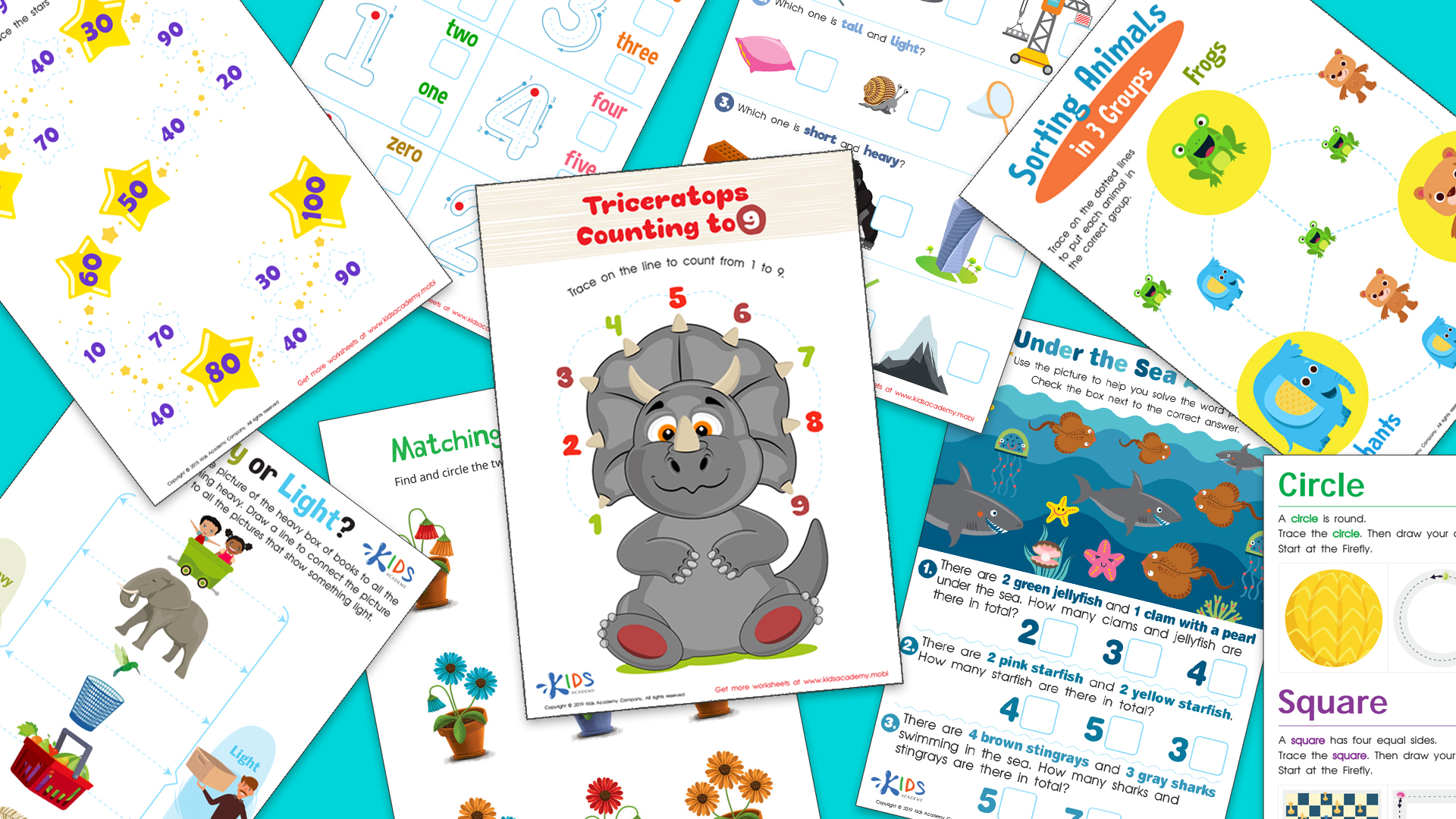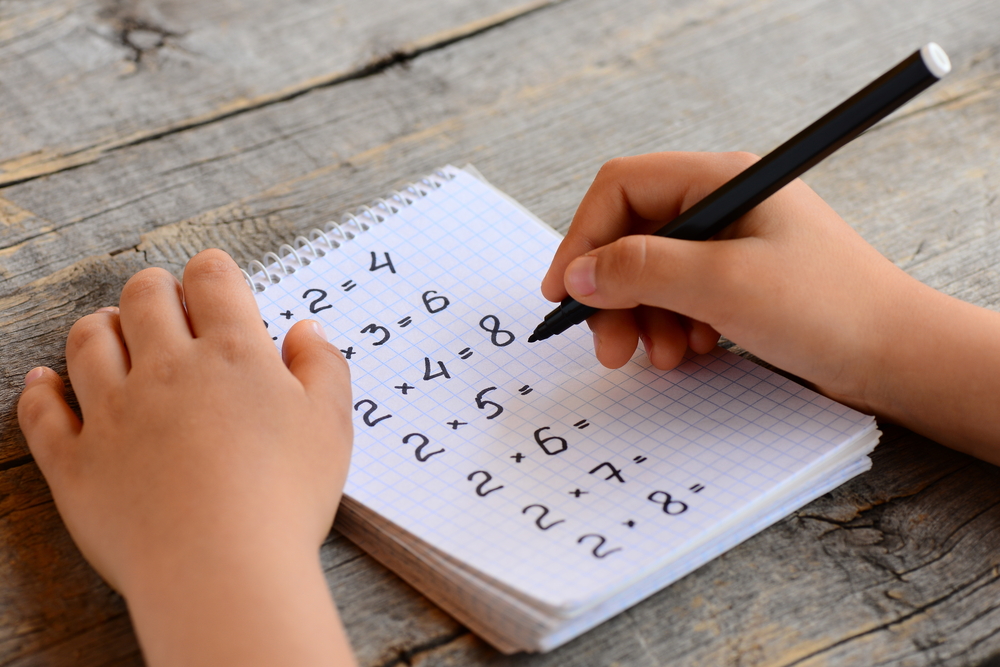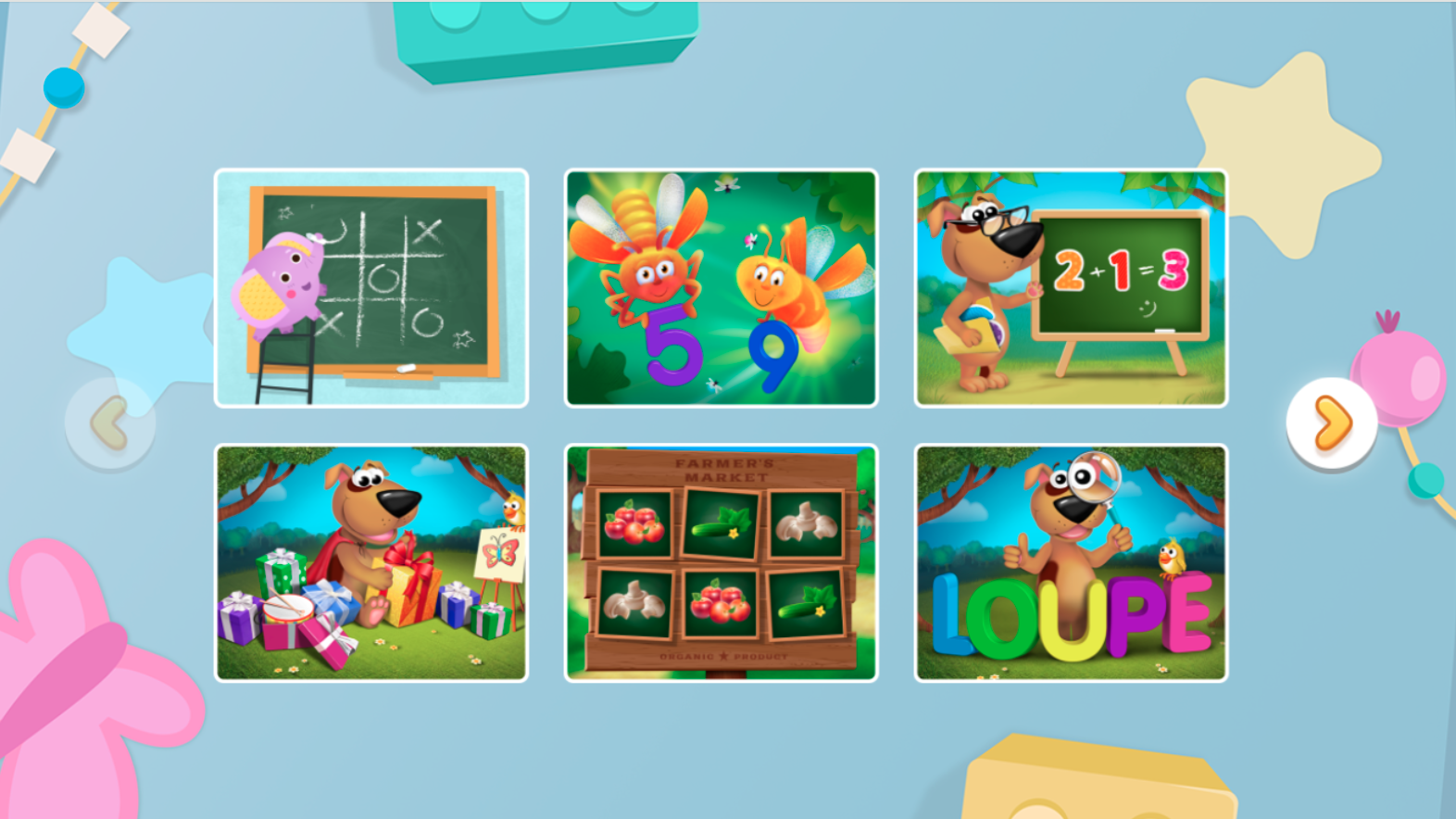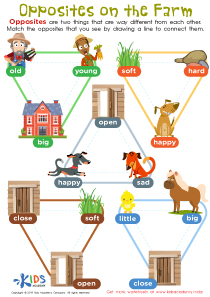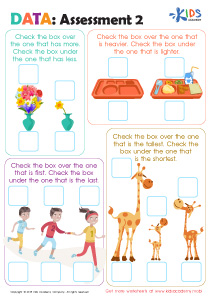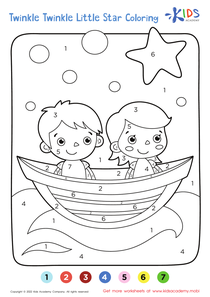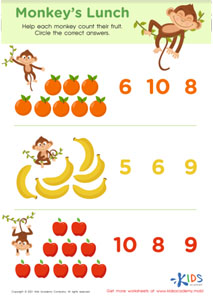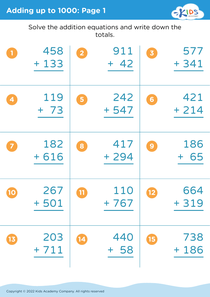Comparing Fractions Sorting Worksheets for Ages 3-8
3 filtered results
-
From - To
Explore our "Comparing Fractions Sorting Worksheets" designed for children aged 3-8, and watch them master the art of fraction comparison! These engaging and interactive worksheets help young learners visualize fractions through sorting activities. They encourage hands-on practice, enhancing critical thinking and problem-solving skills. Each worksheet is carefully crafted to suit various learning stages, making this a perfect resource for both classroom settings and at-home learning. With vibrant illustrations and clear instructions, your child will enjoy learning to compare fractions in a fun and engaging way. Start their journey towards math proficiency today with our fraction sorting activities!
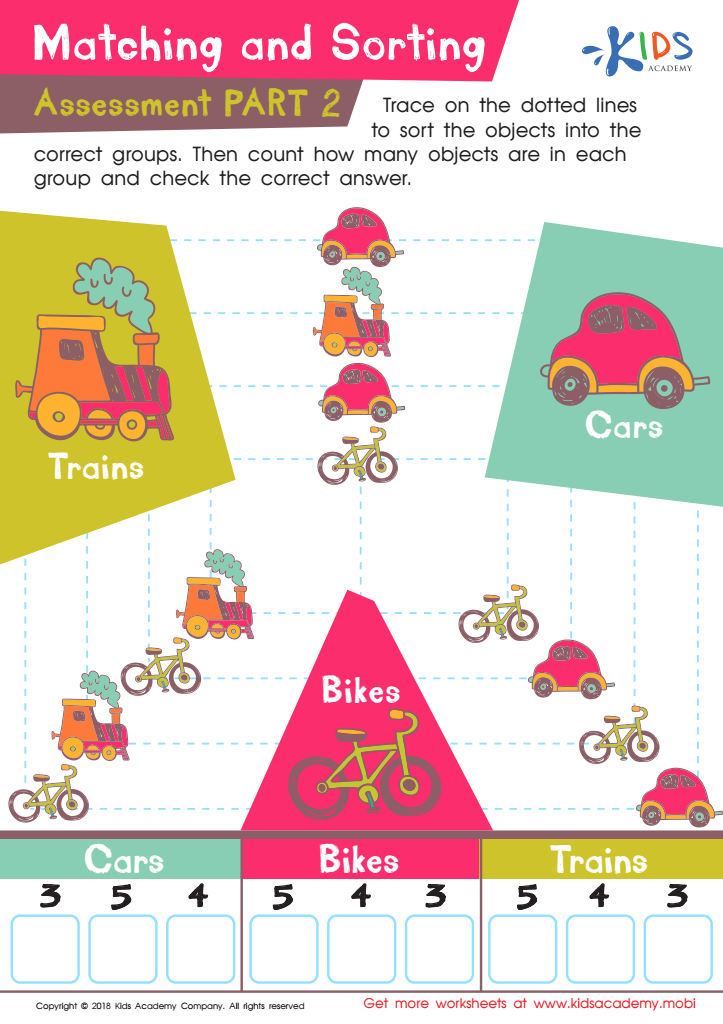

Matching and Sorting for Kindergarten: Assessment 2 Worksheet
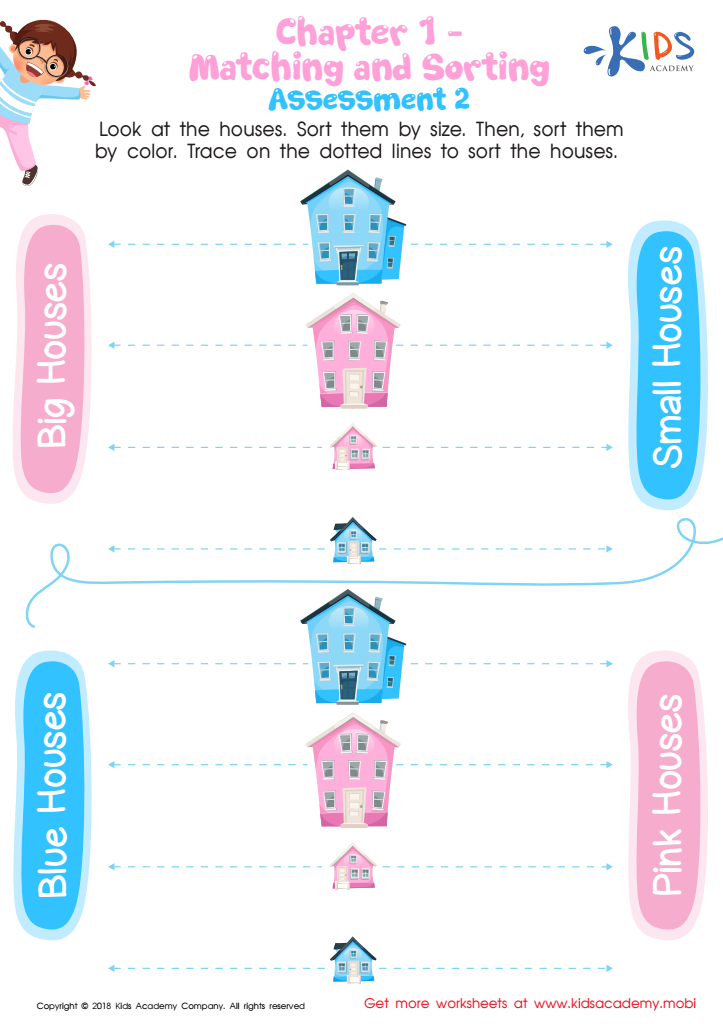

Matching and Sorting for Preschool: Assessment 2 Worksheet
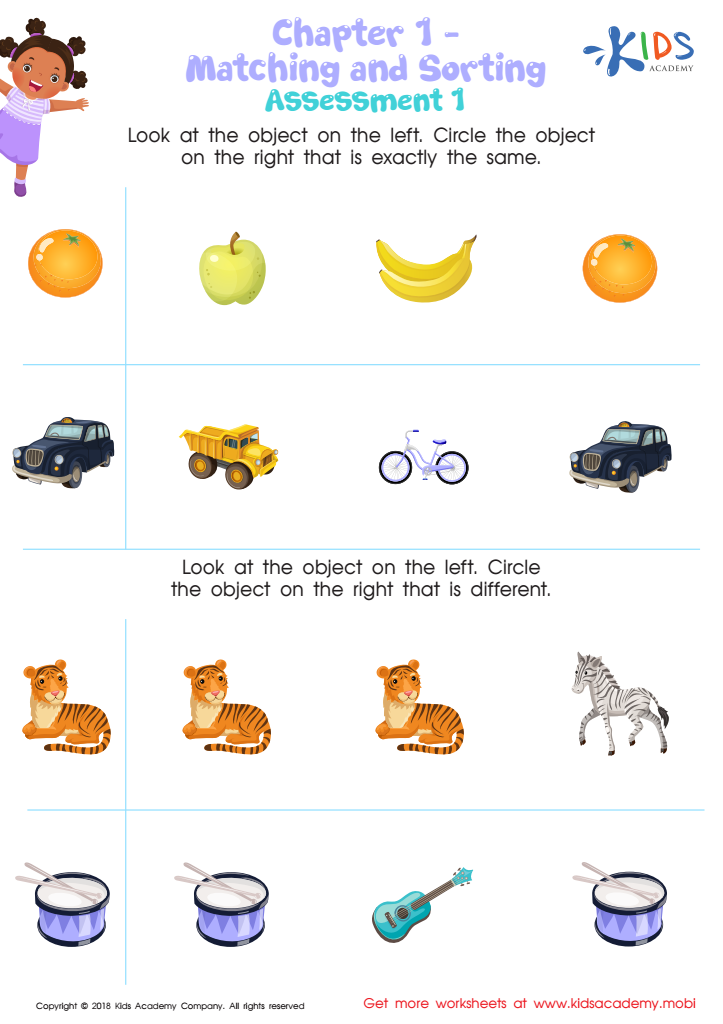

Matching and Sorting for Preschool: Assessment 1 Worksheet
Comparing fractions is an essential mathematical skill that lays the foundation for more advanced concepts as children progress in their education. For children aged 3-8, engaging in "Comparing Fractions Sorting" helps them develop critical thinking and problem-solving skills. This type of cognition is crucial not only for mathematics but also for other subjects and real-world situations.
Parents and teachers should pay keen attention to this skill for several reasons. First, understanding fractions introduces children to the concept of part-to-whole relationships, fostering a deeper appreciation for how numbers represent quantities. By sorting and comparing fractions, children learn to recognize differences and similarities, which enhances their analytical abilities.
Additionally, interventions at this age can lead to improved math aptitude throughout their schooling. Engaging early in activities related to fractions encourages positive attitudes towards math, reducing anxiety that often develops with complex topics later on.
Social interaction during sorting games also promotes teamwork and communication skills as children discuss their reasoning. Overall, Supporting children's understanding of fractions at a young age paves the way for lifelong mathematical competence and critical thinking capabilities, making it a worthwhile focus for parents and educators.

 Assign to My Students
Assign to My Students


